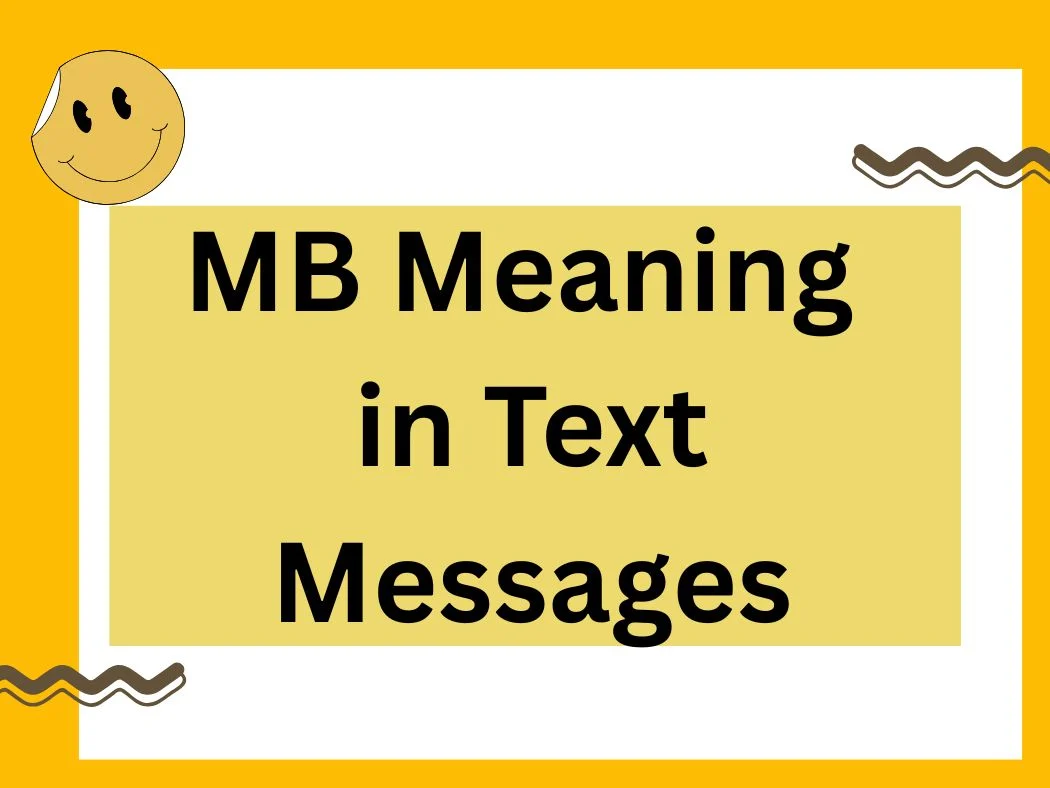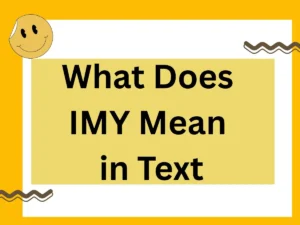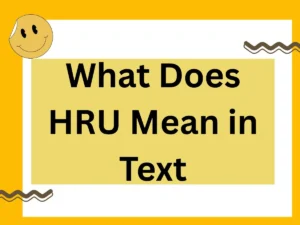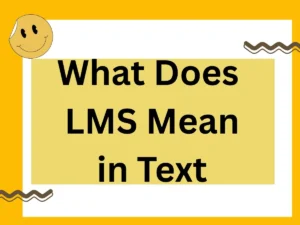The digital age has transformed the way we communicate. Text messaging and social media have shortened our sentences and replaced full expressions with acronyms, abbreviations, and slang. Among these, MB is one of the most common expressions in 2025—but it still leaves many people puzzled.
🔥 Rizz Line Generator 🔥
Have you ever received a message that says “MB” and wondered what it means? In this comprehensive guide, you’ll discover the modern meanings of MB, its context in digital conversations, professional and casual alternatives, examples for daily use, and tips to communicate clearly and respectfully in 2025.
The Core Meaning of MB in Text
MB in texting primarily stands for “My Bad.”
It is used as a quick, casual apology in digital communication. When someone writes MB, they are essentially saying:
- “Oops, I made a mistake.”
- “Sorry, that’s my fault.”
Example:
- Friend: “You forgot to send me the meeting link.”
- You: “MB! Sending it now.”
In 2025, MB has become globally recognized as one of the fastest ways to admit a minor mistake or oversight without sounding overly formal.
Alternative Meanings of MB in 2025
While “My Bad” is the most common interpretation, MB has evolved with multiple meanings depending on context. Understanding these nuances ensures you interpret messages correctly:
- My Bad (Casual Apology) – Most common meaning in everyday chats.
- Maybe (Informal) – Some users shorten “maybe” to MB for speed.
- Example: “Are you joining tonight?” → “MB, depends on work.”
- Mega Byte (Technical/Gaming Context) – Used in tech, storage, or internet conversations.
- Example: “That file is 20 MB, too large for email.”
- Mind Blown (Excitement or Surprise) – Occasionally used in reaction messages.
- Example: “Just saw the AI-generated art. MB 🤯”
In 2025, MB’s meaning often depends on tone, platform, and context. On Instagram or Snapchat, MB almost always means My Bad, while in tech forums, it could mean megabyte.
Why MB Remains Relevant in 2025
Digital communication has continued to evolve, and yet MB remains popular for three key reasons:
- Speed and Efficiency – Two letters can replace a full sentence of apology.
- Casual Yet Polite – MB softens responsibility without over-apologizing.
- Global Recognition – MB is now understood worldwide, especially among younger users.
With the rise of voice-to-text, emojis, and AI chat tools, MB survives because it’s short, expressive, and efficient.
Tone and Nuance of MB
MB carries a casual, non-formal tone. It works well for minor mistakes or friendly conversations, but it’s not appropriate for serious errors. Here’s how the tone shifts:
- Playful/Light: “Oops, MB 😅”
- Neutral Apology: “MB, I’ll fix that now.”
- Casual Professional (with caution): “MB for missing your email earlier.”
Important: In formal emails or sensitive contexts, MB may appear unprofessional or dismissive. That’s why you should know alternatives for various situations.
10 Polite, Professional, and Casual Alternatives to MB
If you want to upgrade your communication skills and adapt to different tones, use these 10 carefully chosen alternatives:
1. My Apologies
- Context: Professional and polite.
- Example: “My apologies for sending the report late.”
2. I’m Sorry
- Context: Universal, works in casual and professional chats.
- Example: “I’m sorry, I didn’t notice your message earlier.”
3. Oops
- Context: Lighthearted, informal.
- Example: “Oops! I forgot to attach the file.”
4. Whoops, My Fault
- Context: Playful and casual acknowledgment.
- Example: “Whoops, my fault—I sent it to the wrong group.”
5. That Was My Mistake
- Context: Clear ownership, semi-formal.
- Example: “That was my mistake; I’ll correct it immediately.”
6. Sorry About That
- Context: Friendly and versatile.
- Example: “Sorry about that, I’ll send it now.”
7. Pardon Me
- Context: Polite and slightly formal.
- Example: “Pardon me, I didn’t mean to interrupt.”
8. I Take Responsibility
- Context: Professional or serious apology.
- Example: “I take responsibility for the delay and will resolve it.”
9. All My Fault
- Context: Casual, friendly, and self-aware.
- Example: “All my fault! I mixed up the dates.”
10. I Own That
- Context: Confident and conversational; trendy in 2025.
- Example: “I own that—I forgot to confirm the booking.”
When to Avoid Using MB
While MB is widely understood, avoid it in:
- Formal Work Emails: Use “My apologies” instead.
- Serious Mistakes or Sensitive Topics: MB may seem careless.
- Cross-Cultural Business Chats: Acronyms may confuse global colleagues.
Best Practices for Using MB in 2025
- Check the Context – Know if the conversation is casual or professional.
- Use Emojis Sparingly – “MB 😅” can soften tone in casual chats.
- Don’t Overuse Acronyms – They can appear lazy in writing.
- Have Alternatives Ready – Switch to polite phrases when needed.
Key Takeaways
- MB in text mostly means My Bad, used for casual apologies.
- In 2025, MB also occasionally means Maybe, Megabyte, or Mind Blown depending on context.
- Tone matters: MB is fine for minor mistakes, but professional apologies need full words.
- Use polite alternatives like My Apologies or Sorry About That for formal communication.
By mastering MB and its alternatives, you can communicate efficiently and respectfully across all digital platforms.





